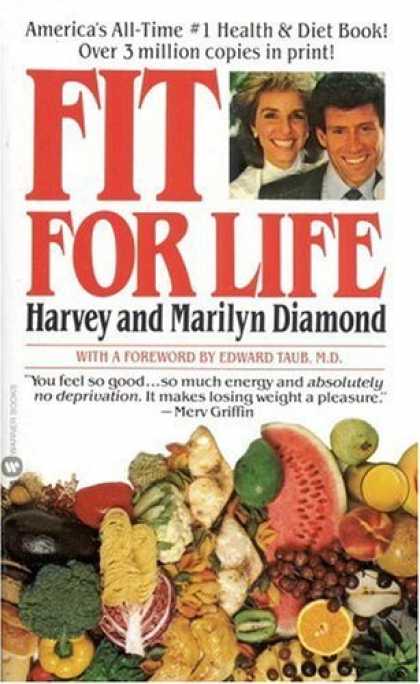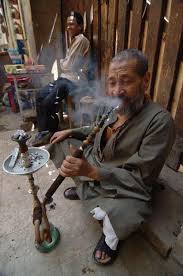http://nst.com.my/Tuesday/Features/20090216181513/insidepix1
Dr Yap demonstrating the pin-hole surgery procedure.
With lower cost and less risk, pin-hole surgery is the choice of treatment for hole-in-the-heart patients, writes KASMIAH MUSTAPHA.
THESE days, in less than an hour, a heart patient’s life can be changed forever.
Through a simple and non-invasive procedure, patients will be able to lead normal lives without having to deal with the effects of a major surgery.
For those who suffer from hole in the heart, a catheter-based procedure has proven to be successful and less risky than open-heart surgery.
The shorter recovery time and lower costs make it a more preferable treatment choice, not only among patients, but doctors as well.
Pin-hole surgery (or the transcatheter closure procedure) was introduced more than 10 years ago. It is considered the most successful technique in atrial septal defect (ASD) closure to date.
Prince Court Medical Centre consultant interventional cardiologist Dr Yap Yee Guan says the procedure avoids the need for open heart surgery to close a hole.
“In the last five to six years, this procedure has gained wide adoption across the world. The fact that it is a simple procedure which leaves no scarring, with lower costs and faster recovery, makes it the perfect choice for patients.”
ASD is the one of the most common types of congenital heart defect, in which the wall that separates the upper heart chambers (atria) does not close completely.
There are three common types of ASD, depending on their position in the atrial septum. These are the secundum, ostium primum and sinus venosum.
Dr Yap says pin-hole surgery is more commonly used for people who suffer from secundum ASD.
This condition is due to the failure of that part of the atrial septum to close completely during the development of the heart.
This leads to the opening, or a hole, in the wall between the right and left atrium.
“Usually the size of the hole will be between 3mm and 4cm. If the hole is too small, it can close up within the first year of the baby’s life. But for about 50 per cent of cases, surgery is the only way to close the hole.”
With a 90 per cent success rate, pin-hole surgery is used for the majority of secundum ASD closure, although in some cases, open-heart surgery is still the only option.
“Open-heart surgery still plays a role, although it is becoming less favourable now. For patients with a hole of more than 3.2cm, the catheter procedure may not work. The device will be too small to close the hole. So open-heart surgery is the the only way.”
The hole will cause blood to flow between two and three times more than usual into the right atrium and right ventricle of the heart, as well as into the lungs.
Eventually, this will cause enlargement of the right atrium and the right ventricle, and irregular heartbeat or rhythm as the atrium stretches and enlarges with the extra blood. This will result in a fast heartbeat, resulting in dizziness, fainting or chest discomfort.
It can also cause strokes, as a blood clot in a vein or in the right side of the heart can pass through the ASD and enter the blood stream, where it can block an artery supplying blood to the brain.
The extra blood being pumped to the lungs will also increase the pressure in the pulmonary arteries.
Over time, high pressure can damage the arteries and the small blood vessels in the lungs.
Dr Yap says secundum ASD is more difficult to detect as it is non-symptomatic.
The only way it can be diagnosed earlier is if doctors detect a murmur, which is an indication of a hole in the heart.
“If it is not detected earlier, babies can grow up without knowing they have this condition. When they reach adulthood they will have symptoms such as shortness of breath, palpitations, fatigue and fainting.
“But since these symptoms can also mean other things, they would ignore them. Doctors too will sometimes misdiagnose them.
“Eventually, at a late stage, high blood pressure can develop in the lungs, as well as other complications. The person can die prematurely. Sadly, as secundum ASD is difficult to detect, there can be many who have this condition and never realise it.
“So doctors need to be more alert and carry out a thorough examination if patients complain about any of the symptoms.
“They need to refer the patients to a cardiologist who can run an EEG and ultrasound tests. By doing this we can treat the condition earlier and, with the catheter-based procedure, the treatment is easier.”
Dr Yap, who has performed this procedure since 2004 when he was working in the United Kingdom, says pin-hole surgery can be done in 30 minutes and has changed the management of ASD surgery completely.
The patient can leave the hospital the next day, although he needs to avoid strenuous activities for a month.
He also needs to take blood-thinning medication to ensure there are no blood clots as the heart slowly forms a membrane around the device.
“After the hole is closed, the enlargement on right side of the heart will get smaller and go back to normal size. The patient will be able to lead a normal life.”
As part of its corporate social responsibility programme, Prince Court has sponsored the treatment of four secundum ASD patients.
How the procedure is carried out
Pin-hole surgery, or transcathether closure of atrial septal defect, involves implantation of the amplatzer — an umbrella-like device — into the hole.
The amplatzer will be screwed onto a catheter, which will then be inserted into the veins and arteries in the groin.
These veins are directly attached to the heart, and this is the standard access technique used in all patients.
Once the catheter reaches the hole, the amplatzer will open up like an umbrella. It will be pulled back against the septum wall, securing its position on to the wall.
With most of the devices used at present, half of the device is connected to one side of the atrial septum, and the second half attached to the other portion, closing the hole between the two atria.
Within six to eight weeks, the device acts as a “skeleton” or a “framework”, normal tissue to grow in and over the defect.
The entire procedure is performed under general anaesthesia, and the actual implantation of the device is performed using transoesophageal echocardiographic guidance (ultrasound pictures using a probe introduced into the oesophagus for improved imaging of the heart structures). —
Source: tchin.org/resource_room/c_art


















 Assalamualaikum
Assalamualaikum





